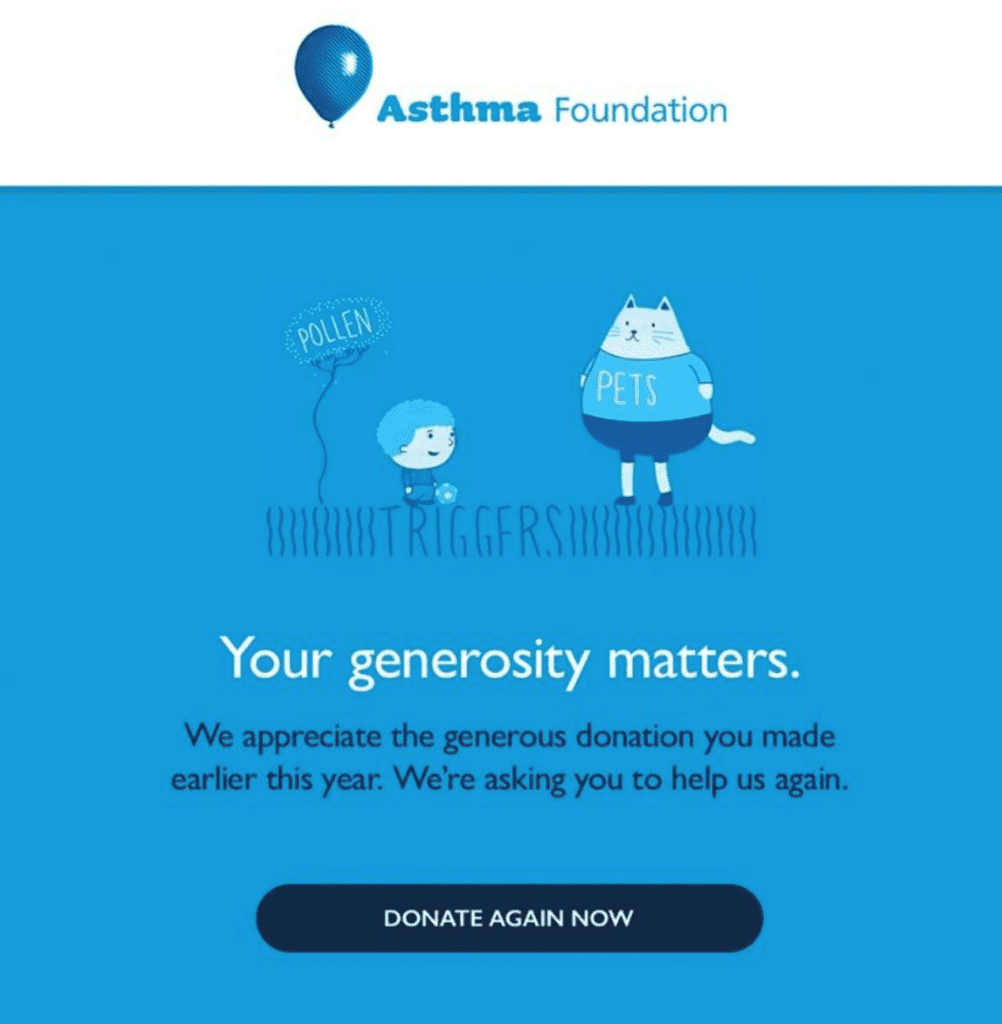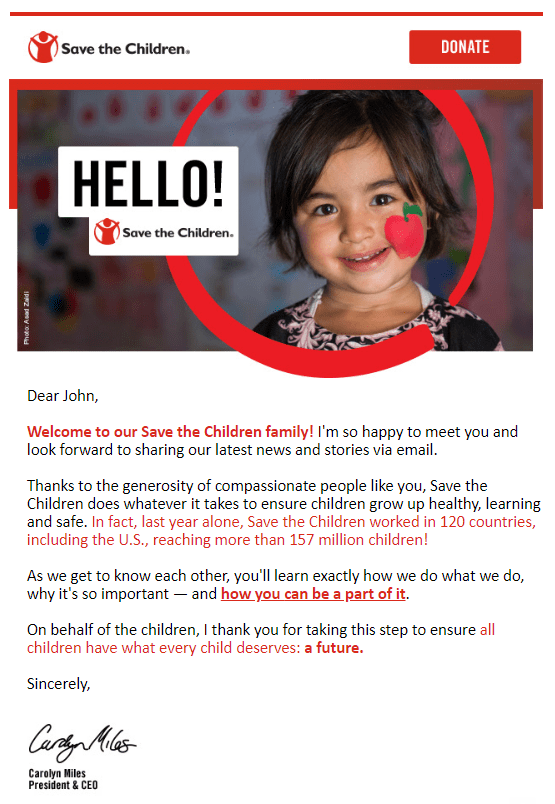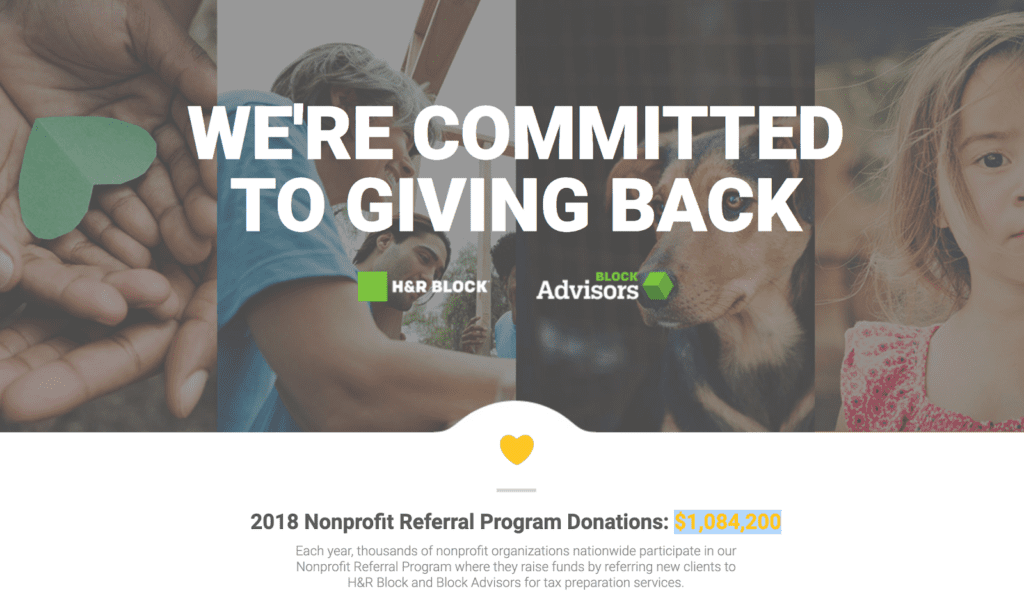
5 Effective Tips To Keep Your Email Subscribers Engaged
Effective email communication is the key to keeping your email subscribers engaged and invested. Try out these 5 tips to re-engage your list.
We all know that email communications have a huge potential when it comes to engaging with your subscribers.
Nonprofits found that emails drove 28% of all online revenue in 2017. They also saw 41% growth in list size in the same year, while international was the only sector to experience a decline (a change of -8%).
But email marketing campaigns don’t always succeed.
You could have a large number of subscribers, but only 4% might open your email. You could create dozens of campaigns but have very low responses.
So, how do you keep your email subscribers engaged and interested? In this article, we’ll give you a few tips to help you improve your email marketing and email communications results:
1. Delete Inactive Subscribers
Joel Runyon—founder of Impossible X—deletes 30,000 subscribers each quarter to maintain an open rate of 40%.
While most organizations want as many subscribers as possible, you have to also consider the quality of your subscriber email list.
Just imagine if you have a list size of 150,000 subscribers with an open rate of 4%—those are pretty bad results. Your team will invest a lot of time segmenting inactive subscribers and engaging with them, in spite of their lack of interest.
If you’re interested in this subject, learn more about email deliverability and 4 tips for improving yours.
You have to think about revenue, CTA clicks, conversion rates, and open rates too.
The truth is, if you’re focusing on converting highly-engaged readers instead of inactive subscribers, then you’ll have better engagement rates, lower email provider costs, and improve your results.
But don’t just delete inactive subscribers out of the blue.
Asthma Foundation conducts a re-engagement campaign that lets subscribers know when the organization needs more donations – more about re-engagement campaigns in the next section.
2. Run Re-Engagement Campaigns
One of the best ways to get your email subscribers engaged is to run a re-engagement email campaign, where you specifically target the unengaged segments of your audience with an automated email campaign series.
Re-engagement campaigns are personalized, targeted ways to reach unengaged segments of your audience while preventing an email send to your engaged readers with a topic that doesn’t apply to them.
With a strong automated email campaign tool, you should be able to segment your audience based on opens, clicks, etc. from a certain time period.
Let’s say you want to reach those who haven’t opened an email in the last 45 days. You can segment your list, set up an automated campaign with 2-3 messages, and send an email that will catch their attention. If they don’t open that one, you can send a second one – and then a third (after that, it might be that they really aren’t interested and should probably unsubscribe).
Look to Professionals Australia for an example of how you can use automated email campaigns to grow your organization’s key business metrics.
The key with a re-engagement campaign, where your goal is to increase opens, is your subject line.
Try a subject line that’s out of the ordinary. This could be just their name, with a question mark: “Ryan?” Or, you could ask a question, like this: “Was it something we said?”
Be creative with these types of campaigns to try to win back unengaged members of your audience.
3. Identify Your Nonprofit or Organization’s Voice
Most nonprofits and organizations create a brand voice and personality which they use to write and design every email in their email campaigns.
A brand voice is defined as the organization’s personality, attitude, and values. Are you fun, conservative, or fancy? The brand voice is the persona that you use to communicate with your members or donors.
Save the Children attracts donors with their positive tone. They tell readers how their donations can make children’s lives better like growing up healthy, being able to learn, and be safe. They also mention how many children they have helped across the world (a whopping 157 million).

4. Incentivize Subscribers with Loyalty and Referral Programs
Donors and volunteers love referral programs because it gives them the ability to spread the word about an organization that they support.
Annex Cloud found that referral marketing generates 3 to 5x more conversion rates than any other channel. Referral programs can also result in 20,000 new email addresses per month.
Not surprisingly, many volunteers from nonprofits and organizations get their friends and family onboard through referral programs.
How often have you shared causes that you support on social media or email? When was the last time you were interested in an organization after you received an email from your network? I bet it wasn’t that long ago.
With a referral program, you can make sure that the referral process takes place. By giving supporters the ability to spread the word about your organization, you’ll undoubtedly get more engaged subscribers that are interested because of word-of-mouth recommendations.
H&R Block and Block Advisors have a nonprofit referral program that lets thousands of organizations enroll their network and raise money by referring members, supporters, and associates. They have currently raised $1,084,200.

5. Reply Fast to Queries & Issues
People who are interested in your cause or association typically ask questions via email. They have questions regarding the programs you’ve created, or they’re experiencing problems with donating funds.
Having a help desk tool or a live chat that’s very responsive to people’s concerns can effectively turn a disengaged subscriber into a very loyal one.
In fact, Forrester found that email is considered as the most commonly used digital customer service channel, with 54% of subscribers using this channel in the past year. Another study by Arise found that 80% of subscribers expect a service response within 24 hours, while 37% demanded responses within an hour.
If you help subscribers resolve their problems quickly and easily, then you can expect them to keep engaging with your organization.
Ready to Write Engaging Emails?
Once you implement these tips, it’s easier to write interesting and engaging emails that help you build relationships with your members and customers.
Don’t forget…
- Prioritize engaged subscribers. Having a lot of subscribers is good, but it’s hard to manage a big email list and keep deliverability high.
- Delete inactive users and conduct re-engagement campaigns.
- Write personalized emails that use your brand’s voice.
- Incentivize subscribers with a referral program. Additionally, a referral program can enable your supporters to spread your organization’s cause with their network.
- Reply to member queries and donor issues as fast as you can to provide great customer service.
For more engagement ideas, check out these 8 tips for writing great, openable emails.




